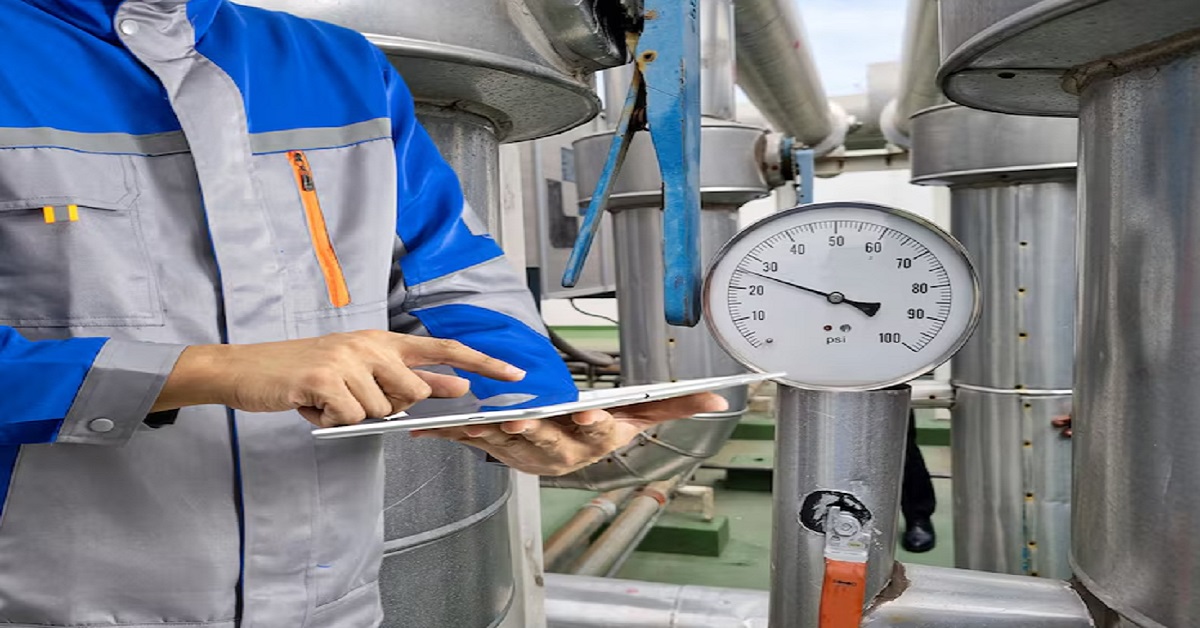In the world of industrial maintenance and machinery reliability, vibration analysis has emerged as one of the most effective tools for identifying issues before they lead to costly breakdowns. Whether it’s a manufacturing plant, a power station, or a processing facility, maintaining equipment health is critical — and vibration analysis plays a crucial role in making that possible.
What Is Vibration Analysis?
Vibration analysis is the process of measuring and analyzing the vibrations of machinery to detect signs of wear, imbalance, misalignment, or mechanical looseness. Every piece of rotating equipment — motors, pumps, fans, compressors, gearboxes — creates vibrations during operation. By tracking and interpreting these vibrations, technicians and engineers can pinpoint issues and take corrective actions before failure occurs.
Think of it like a health checkup for machines. Just as a doctor listens to your heartbeat for irregularities, vibration analysts use sensors and tools to “listen” to how machines are performing internally.
Why Is Vibration Analysis Important?
- Early Fault Detection: The primary benefit of vibration analysis is the early detection of faults. It allows maintenance teams to catch problems at the initial stage, such as minor imbalance or bearing wear, long before they turn into critical failures.
- Cost Savings: Identifying issues early helps prevent unplanned downtime, which can be expensive and disruptive. Scheduled repairs are always more cost-effective than emergency breakdowns.
- Increased Equipment Lifespan: Regular vibration analysis ensures that machinery operates under optimal conditions, reducing unnecessary wear and tear. This, in turn, extends the life of the equipment.
- Improved Safety: Machines that are well-maintained and monitored are less likely to fail unexpectedly, reducing risks to workers and avoiding hazardous situations.
How Does Vibration Analysis Work?
The process starts by placing vibration sensors (usually accelerometers) on different parts of the machine. These sensors capture vibration data in the form of waveforms, frequencies, and amplitudes. Using specialized software, analysts then compare this data against known standards and past records to identify abnormalities.
Some of the most common issues that vibration analysis can detect include:
- Imbalance: When rotating parts do not spin evenly around their axis.
- Misalignment: When coupled machines are not correctly aligned.
- Bearing faults: Worn or damaged bearings often produce high-frequency vibrations.
- Looseness: Loose bolts or components that create erratic vibration patterns.
Vibration Analysis as Part of Predictive Maintenance
Modern industries are shifting from reactive and preventive maintenance to predictive maintenance — and vibration analysis is at the heart of this transformation. By continuously monitoring machinery using sensors and IoT-enabled systems, organizations can make data-driven decisions about when to perform maintenance.
This approach reduces guesswork, eliminates unnecessary maintenance, and focuses resources where they are truly needed.
Industries That Use Vibration Analysis
- Manufacturing: For monitoring conveyor belts, motors, and production equipment.
- Oil and Gas: To ensure pumps and compressors run efficiently.
- Aerospace: For checking turbines and rotating parts in engines.
- Power Generation: To maintain the reliability of generators and turbines.
Final Thoughts
Vibration analysis is not just a technical term — it’s a powerful strategy for ensuring machinery runs smoothly, efficiently, and safely. As technology evolves, this method will only become more accurate and accessible, making it an essential part of any smart maintenance plan.
Whether you’re a maintenance manager, a plant engineer, or just curious about how machines stay healthy, understanding the basics of vibration analysis can help you appreciate the incredible science behind machinery reliability.
Incorporating vibration analysis into your maintenance routine is no longer optional — it’s a smart investment in the long-term performance and safety of your operations.




